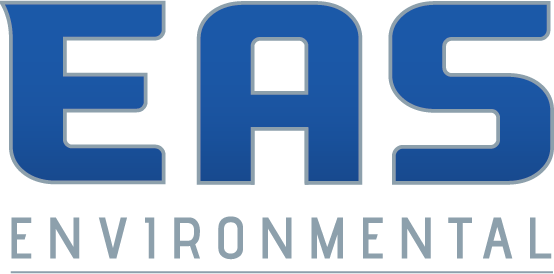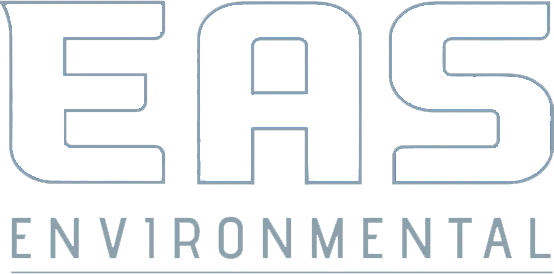
Welcome to our informative blog series, Dry and Protected: The Role of a Dehumidifier in Crawl Space Management. In this series, we'll delve into the vital function that dehumidifiers play in maintaining optimal conditions within crawl spaces. From understanding the reasons behind high humidity levels to exploring the benefits of dehumidification, join us as we uncover the valuable insights and expert advice necessary for creating a healthier, more comfortable living environment by effectively managing crawl space moisture.
Maintaining a Dry Environment
Maintaining a dry environment in your crawl space is essential for preventing a range of issues that can arise from excess moisture. High humidity levels and moisture accumulation can lead to mold growth, wood rot, structural damage, and even contribute to poor indoor air quality. To combat these problems, implementing effective moisture management strategies, such as using a dehumidifier, becomes crucial.
A dehumidifier plays a pivotal role in
maintaining a dry crawl space by removing excess moisture from the air. It works by drawing in humid air, condensing the moisture, and releasing drier air back into the environment. This process not only prevents the growth of mold and mildew but also helps protect the structural integrity of your home's foundation and reduces the risk of health issues associated with poor air quality. By focusing on maintaining a dry environment in your crawl space, you're taking proactive steps towards safeguarding your home's longevity and creating a more comfortable living space for you and your family.
Controlling Humidity
Controlling humidity is a fundamental aspect of crawl space management that significantly impacts the overall health of your home. High humidity levels can create an environment conducive to mold growth, wood decay, and even attract pests. To address these issues, effective humidity control measures, including the use of a dehumidifier, are essential.
A dehumidifier plays a key role in controlling humidity by removing excess moisture from the air, preventing it from accumulating in your crawl space. By maintaining optimal humidity levels, typically between 30% to 50%, you not only prevent the growth of harmful mold and mildew but also improve the air quality throughout your home. Moreover, effective humidity control contributes to energy efficiency, as damp air requires more energy to heat or cool. Embracing humidity control as part of your crawl space management strategy ensures a healthier living environment, enhances structural integrity, and reduces the risks associated with excessive moisture in your home.
Humidity Control Benefits: Why Your Crawl Space Needs a Dehumidifier
Humidity control is a critical factor in maintaining the health and integrity of your crawl space, and incorporating a dehumidifier can offer a range of significant benefits. Excessive humidity can lead to a host of problems, including mold growth, wood rot, and even attracting pests that thrive in damp environments. By installing a dehumidifier, you're taking proactive steps to mitigate these issues and create a drier, more controlled environment.
A dehumidifier not only prevents the growth of mold and mildew but also helps protect the structural elements of your home. By reducing moisture levels, you reduce the risk of wood decay and corrosion, ensuring the longevity of your home's foundation and components. Additionally, a dehumidified crawl space promotes better indoor air quality throughout your home, as the air that circulates from the crawl space to your living spaces remains drier and less likely to carry allergens or odors. Embracing humidity control through the use of a dehumidifier is an investment that pays off in terms of improved air quality, reduced maintenance costs, and a more comfortable living environment for you and your family.
FAQs
Contact EAS Environmental Today!
EAS Environmental will do everything we can to ensure your experience with us is excellent.
Request A FREE Estimate
Request a Free Estimate Form
Checkout Recent Post
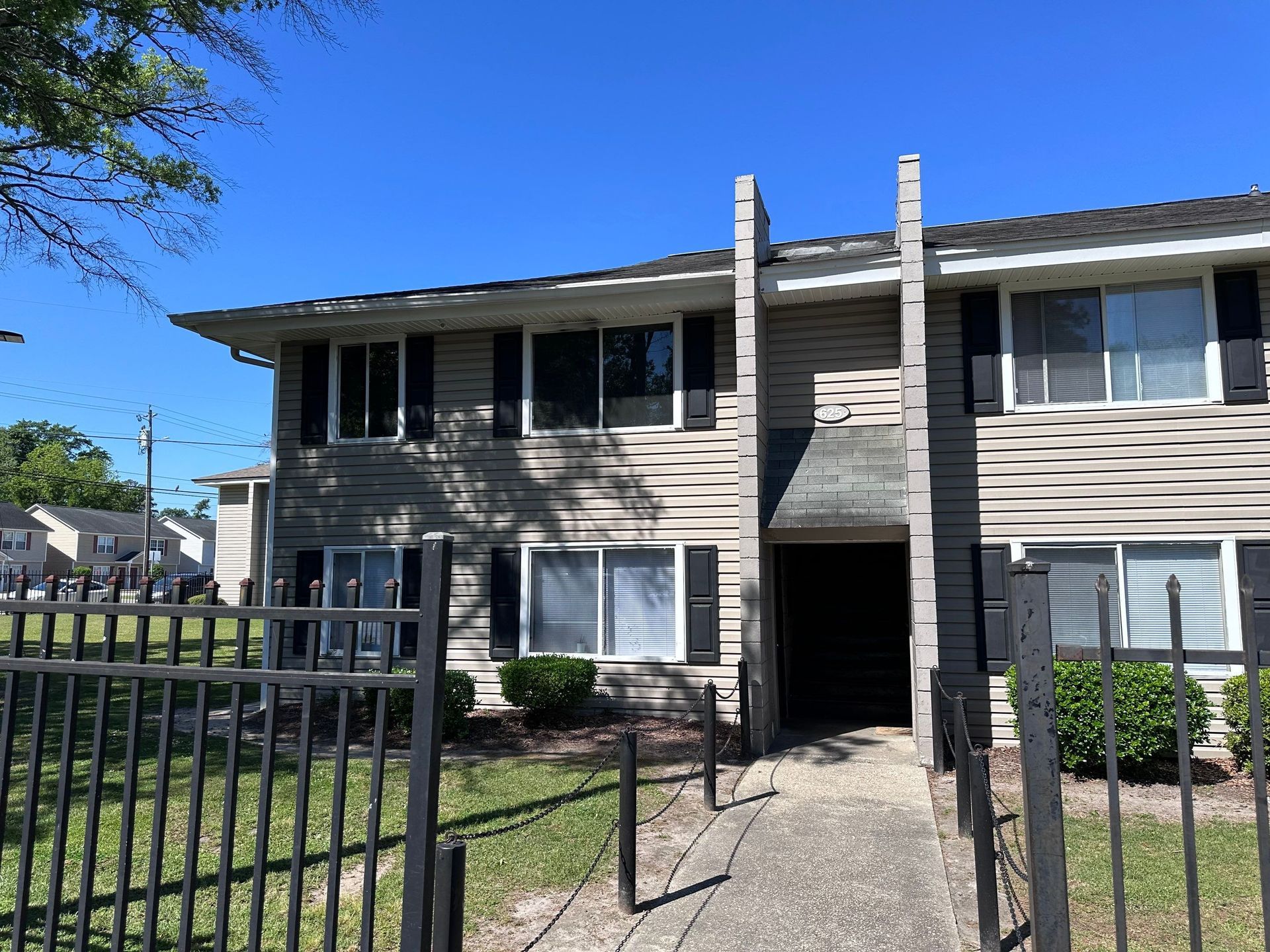
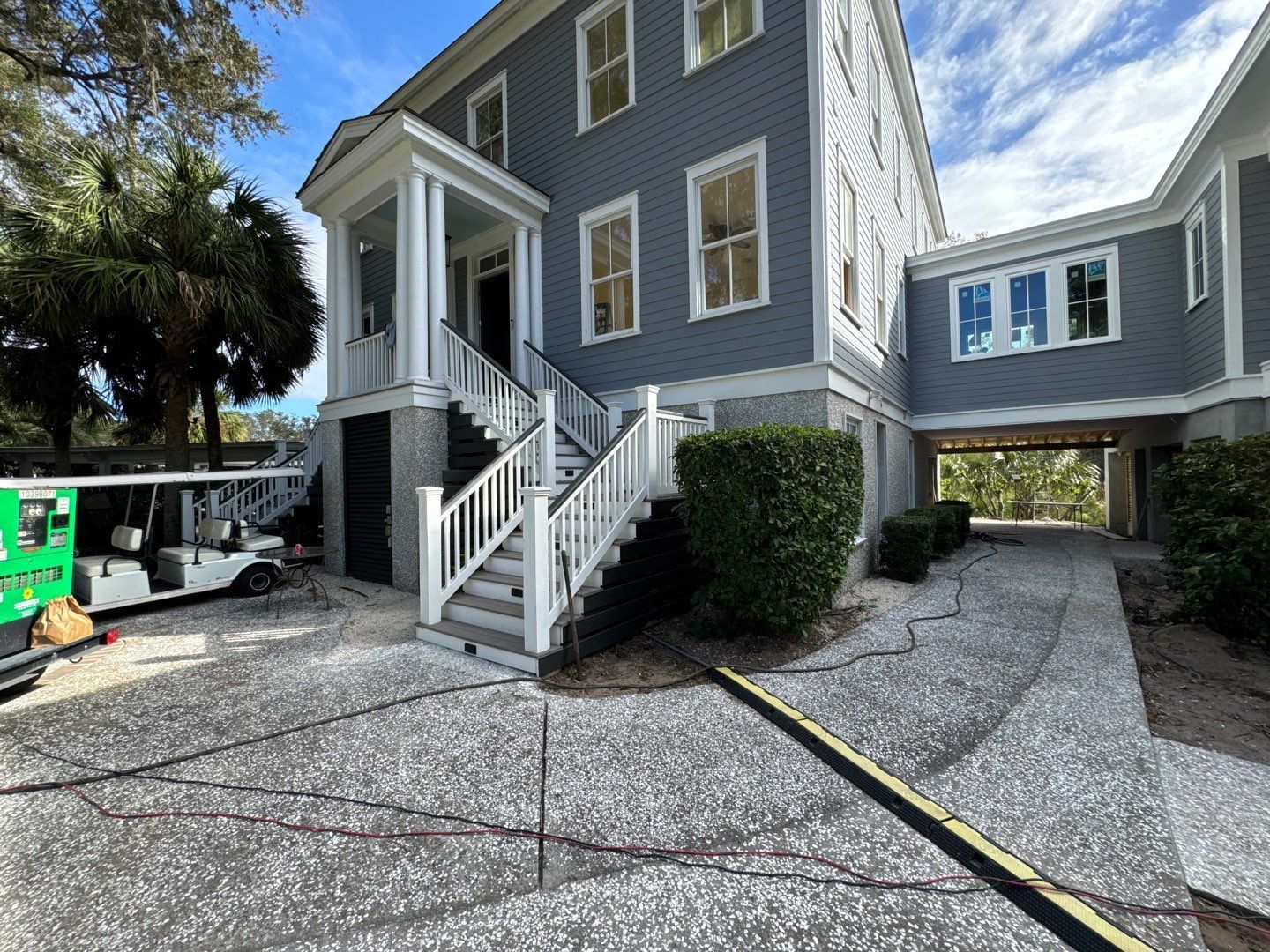
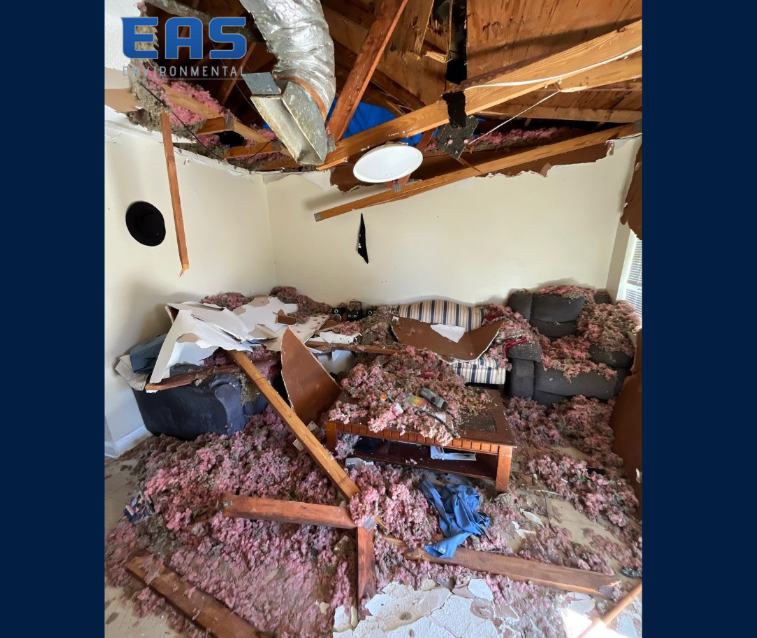
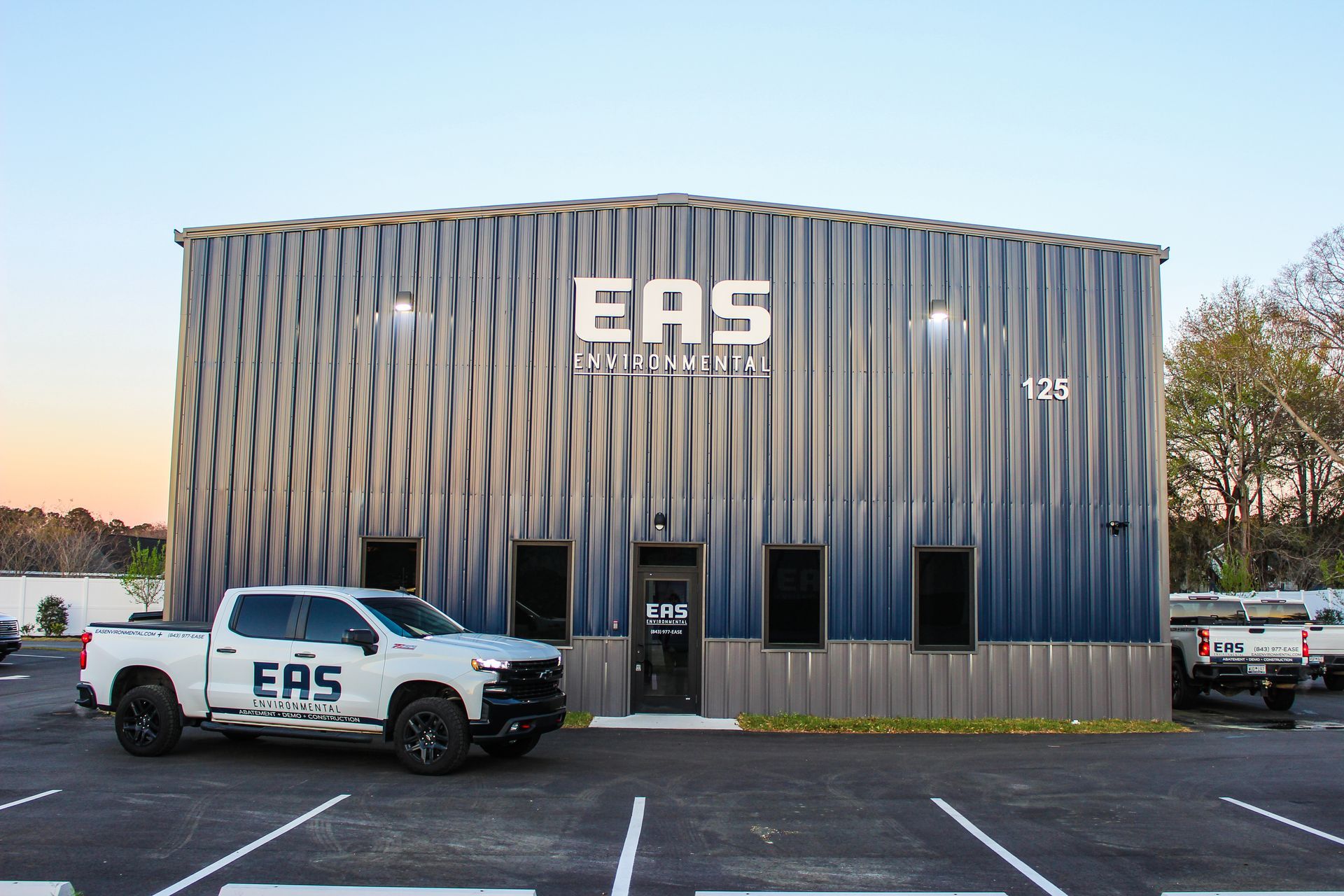
Got a Question? We’re Here to Help.
You can arrange an appointment or make an enquiry by phone or email, orget in touch to us via our contact form.
